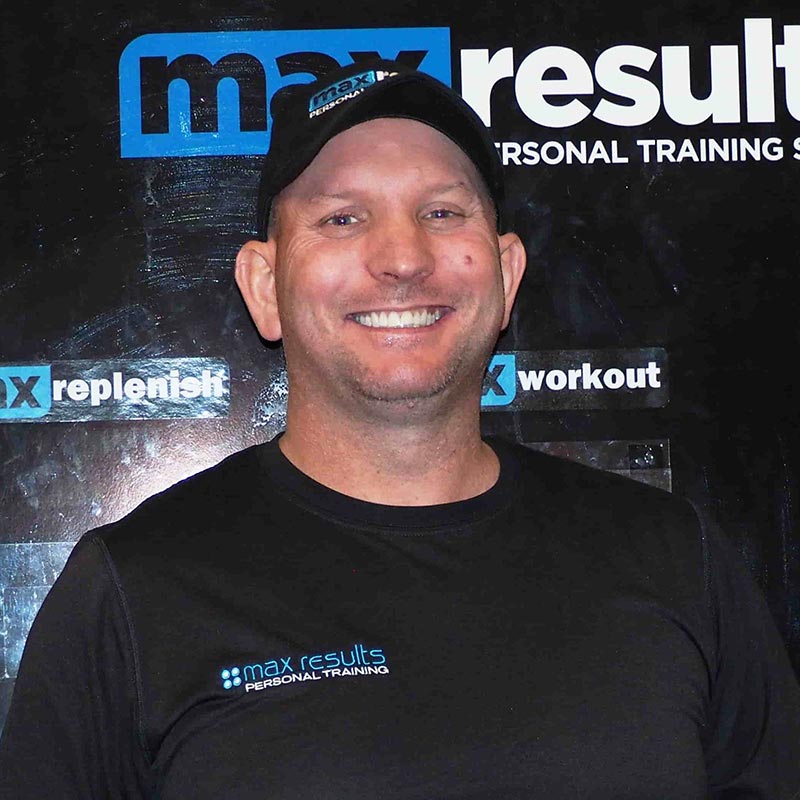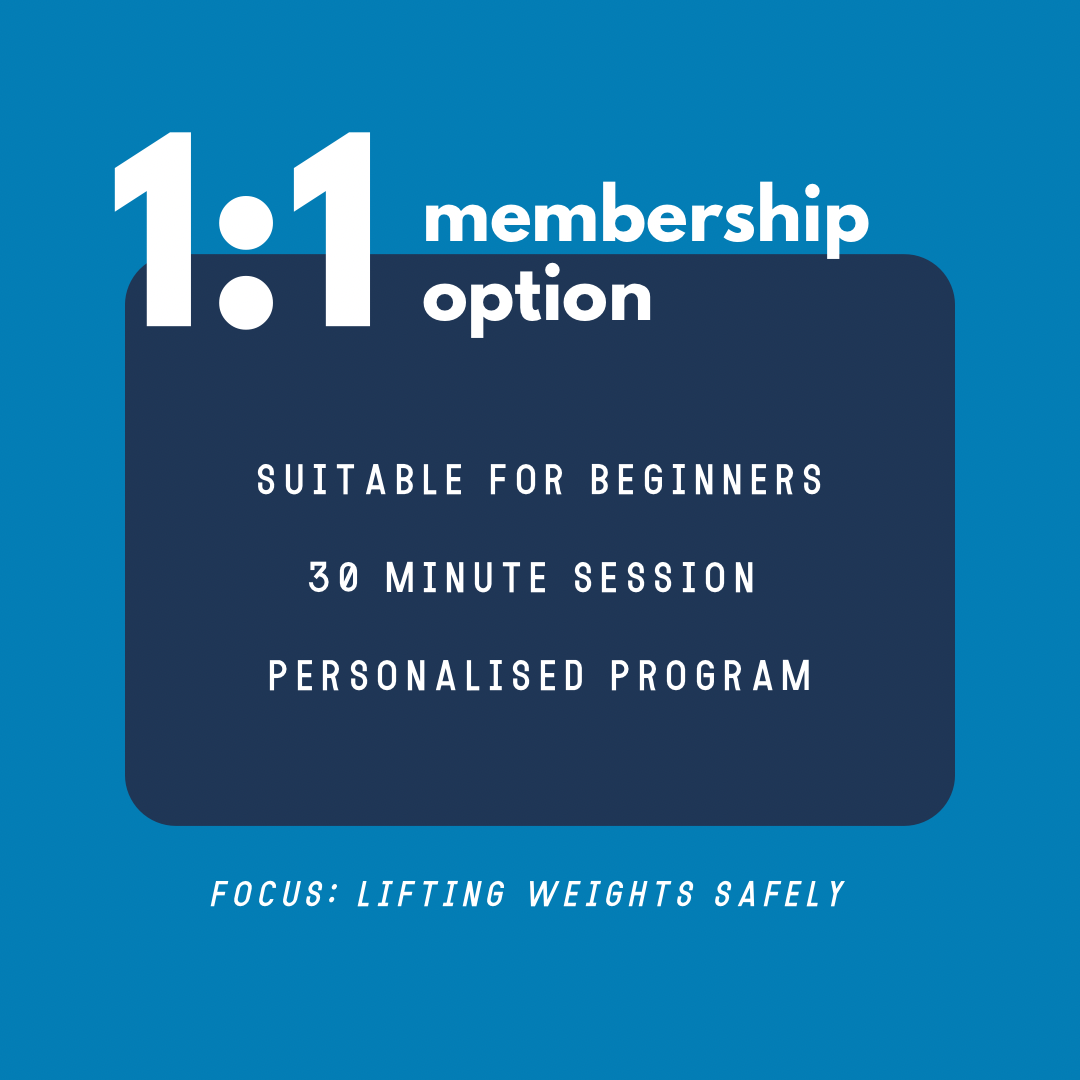Hi all!
Questions we often get asked by our members is “how much weight should I lift?”, or, “how many repetitions should I do?” These are great questions as both weight and the number of repetitions are important training variables in eliciting improvements in muscular strength. Both work in tandem with the principle of progressive overload – which is when you increase the demands placed on the body. For muscle to grow and become stronger, the body must be forced to adapt to a tension that is beyond its previous capability. This can be achieved by either increasing the weight or increasing the number of repetitions performed. A great example of progressive overload put in practice is the story of Milo of Croton. Milo lifted and carried a small calf for a couple of hours each and every day. He repeated this for four years, carrying the calf as it grew larger and larger, finally maturing into a bull. The result of this was the development of Milo’s strength and physique. Now, this is an extreme example, but it encapsulates the principle of progressive overload perfectly.

A common scenario we see is gym goers becoming content with the weight they lift, in some cases, for a number of weeks. With the principle of progressive overload in mind, falling into this trap of becoming ‘comfortable’ with a specific weight is doing a disservice to your body as muscles need to be continually challenged to become stronger. Below is a graph that illustrates this point nicely – a four-step process called supercompensation. We begin with a baseline level of some performance measure. Let’s call it strength. We apply a training stress, i.e. lift a weight, that induces fatigue or is tiring, which then results in a drop off of performance. The next stage is recovery, and when applied well, supercompensation, i.e. step three, occurs. This is where adaptation and a new level of strength happens. The last stage is a decay in strength, or a loss of supercompensation, when the body has been put under an inadequate training stress – such as becoming ‘comfortable’ with a specific weight – or a period of no training.

Obviously, we want to avoid a loss of supercompensation and promote to all our members the importance of progressively overloading their bodies and ensuring their reaching that stage of supercompensation and adapting to a heightened stress on the body. The principle of progressive overload is not limited to increasing the weight or number of repetitions, but can also be applied by manipulating rest periods, increasing the number of sets (volume) and the frequency of training. However, we’ll keep things simple for the purpose of this blog and the scenario most commonly used at Max Results to highlight how progressive overload can be applied. Below is a simple example of how you can ensure you’re progressively overloading your weights sessions to improve your strength.

As always, we hope this blog is informative. The example above can be applied to any exercise in the weight room and is only one method of many different ways you can apply the principle of progressive overload.
See you in the gym!
- Gambetta, V. (2007). Athletic development. Champaign, IL: Human Kinetics.
- Fleck, S. J., & Kraemer, W. J. (1988). Resistance training: basic principles (part 1 of 4). The Physician and Sports Medicine, 16(3), 160-171.




